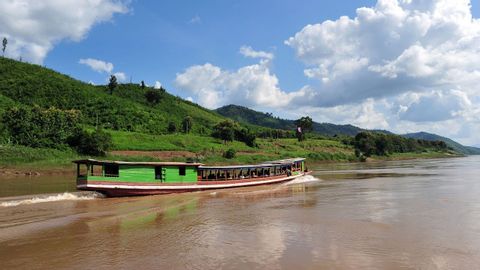How China Controls Southeast Asia’s Most Important River
zijun su が 2021 年 06 月 07 日 に投稿  この条件に一致する単語はありません
この条件に一致する単語はありませんUS /ˈkruʃəl/
・
UK /'kru:ʃl/
US /ˈɛpɪˌsod/
・
UK /'epɪsəʊd/
US /ɛnˈtaɪr/
・
UK /ɪn'taɪə(r)/
US /ˈstrætədʒi/
・
UK /'strætədʒɪ/
エネルギーを使用
すべての単語を解除
発音・解説・フィルター機能を解除

